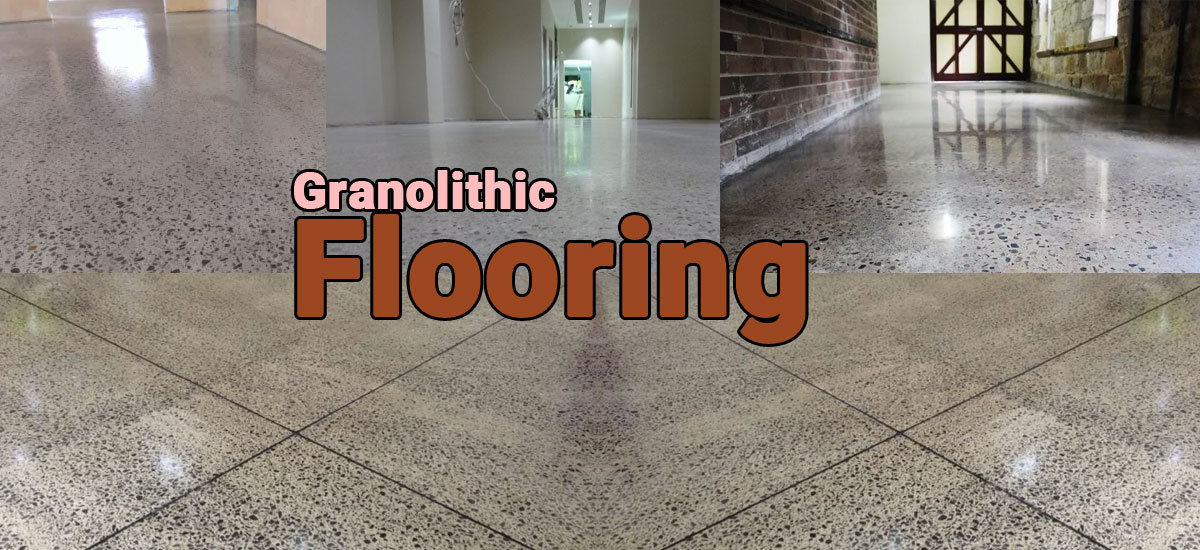Short Note on Granolithic Flooring

Granolithic Flooring
Granolithic may be a dditionally referred to as granolithic paving and granolithic concrete is a sort of construction material composed of cement and fine aggregates, like granite or other resistant rocks.
It is generally used as a floor or paving. it's an identical appearance to concrete and is employed to supply a durable surface, where texture and appearance are generally not important.
It is usually placed as a table. Tables are a kind of floor placed on top of the structural element to supply A level surface on which the "worn floor" is placed.
A table also can be stripped, because it provides a durable surface. the mixture mixed with cement are often of varied sizes, shapes, and materials, counting on the specified surface texture and its duration.
The aggregate is typically sieved in order that the particles are approximately an equivalent size, which helps to scale back air pockets within the material.
Generally, the mixture of aggregate to cement is 2.5 to 1 by volume. Granolithic floors or pavements are often problematic.
As it is formed with a high cement content and requires tons of water to combine , it can crack during drying. you'll also abandoning of the fabric below.
Spilling material in layers is usually avoided. Cracks and undulations are often reduced by dividing the world to be covered into smaller sections then pouring the fabric .
The granolithic floor offers a visually pleasing alternative to traditional concrete. The cement and aggregate mixture are often polished to a smooth finish and sealed with a durable surface finish.
The process creates a robust , dense surface, ideal for supporting extreme weights in factories and other industrial environments.
Although the granolithic floor can sometimes make the space cold, the infusion of texture, color, and built-in design can restore the heat of this masonry floor.
Floor finishing plays a crucial role within the successful operation of a factory. the essential requirements for a perfect floor finish are that it's economical, wear-resistant, waterproof, sanitary, fire-resistant, skid-proof, inert, easy to take care of and clean.
There are two sorts of concrete floors utilized in industrial plants: monolithic and granolithic. Monolithic slabs produce good structural concrete, but the surface doesn't delay well under severe wear.
On the opposite hand, it's a granolithic floor. A special granolithic covering for the "absorption process" floors features a high density, although it consists essentially of an equivalent materials found in conventional concrete floors.
Advantages and Disadvantages
Concrete-based floors, like granolithic ones, can withstand heavy loads, being an honest option for warehouses, factories, and other workplaces that store, manufacture or use heavy objects.
The relatively inexpensive materials and labor required to appeal to the budget. Unfortunately, these sorts of floors can cause some problems, albeit they solve others.
The tendency for sounds to bounce off the hard concrete surface, for instance , results in noise problems. the ground also can be difficult to wash and feel constantly cold.
